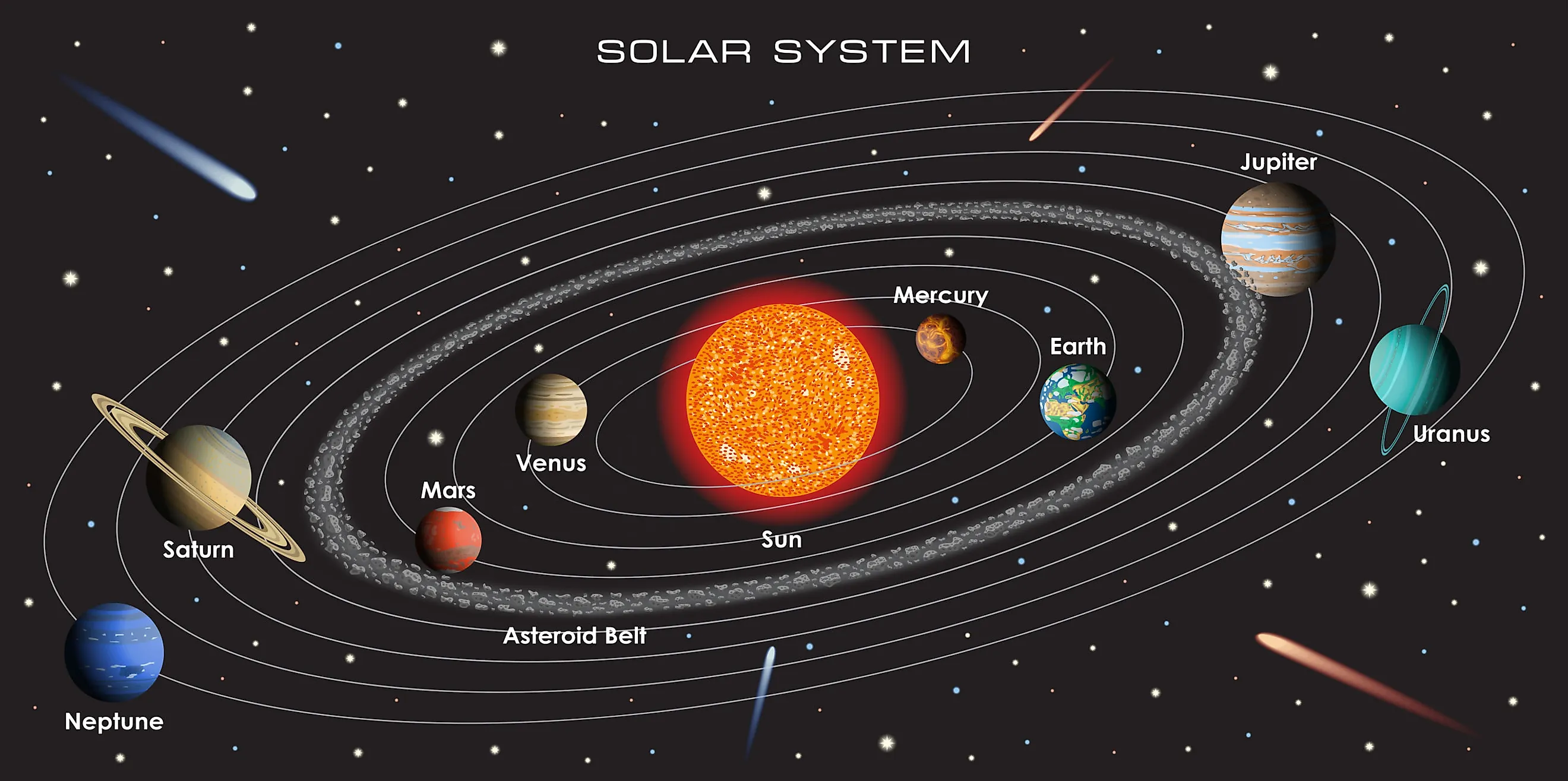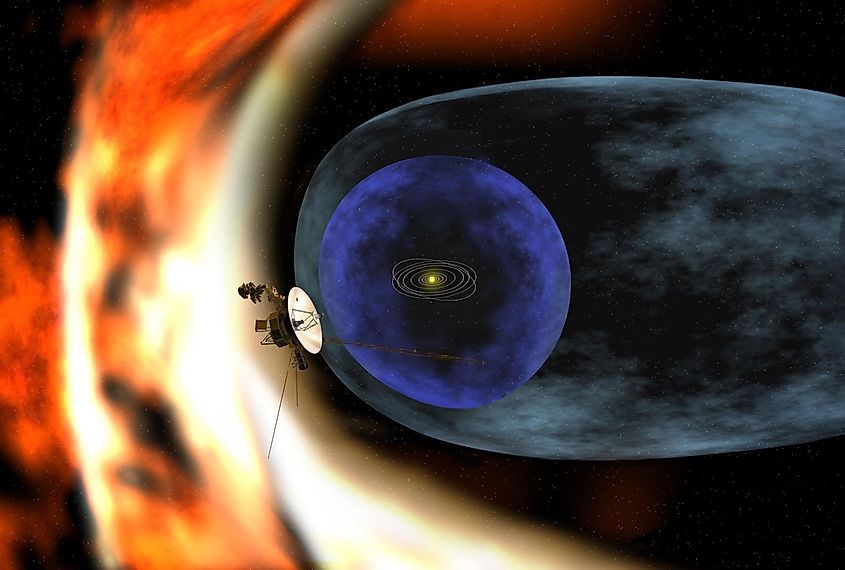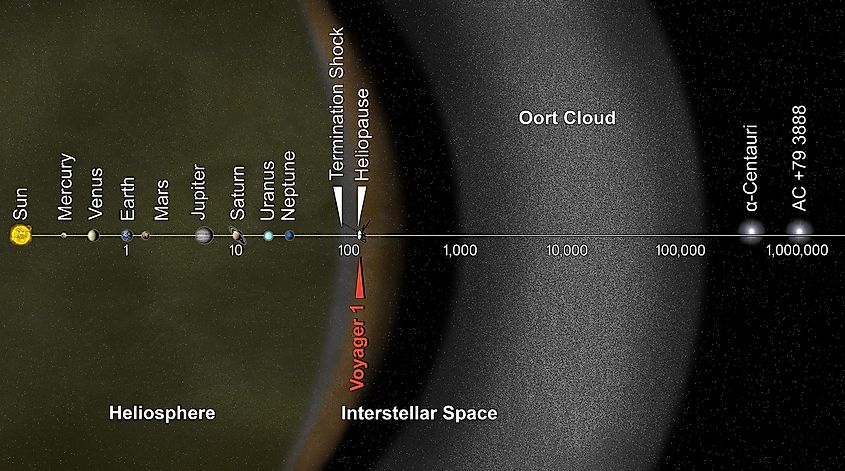
How Big Is The Solar System?
The size of the solar system may seem like it has a simple answer, yet there is no universally agreed upon definition for where our solar system ends. There are three possible definitions for where our solar system ends: the heliopause, the edge of the Oort Cloud, and the gravitational influence of the sun. How big is our solar system under each of these definitions?
The Heliopause

The sun is constantly emitting a stream of radiation called the solar wind. The heliopause is the region of our solar system where the solar wind is overtaken by the radiation of interstellar space. What this means is that the heliopause is where the radiation from outside the solar system becomes stronger than the radiation from inside the solar system. The heliopause is perhaps the most accepted definition of where the solar system ends. If we define the end of the solar system as the heliopause, our solar system averages at 11 billion miles (18 billion kilometres) from the sun to the heliopause. However, one issue with this definition is that the heliopause is constantly fluctuating. The amount of radiation the sun emits is not constant, and the sun’s motion through the Milky Way also influences the size of the heliopause. If we use the heliopause as the edge of the solar system, then humanity has successfully sent two spacecraft, Voyager 1 and Voyager 2, into interstellar space.
The next two definitions of how big the solar system is deal in larger distances, and so it is important to define what an astronomical unit is. One astronomical unit is equal to the average distance between the Earth Earth and the sun. The Earth averages at 93 million miles (150 million kilometres) from the sun, and so one astronomical unit is equal to that number.
The Oort Cloud

Another definition for where the solar system ends is the edge of the Oort Cloud. The Oort Cloud is a shell of comets and other forms of debris that encircle the entire solar system. The Oort Cloud is the furthest region of our solar system, stretching from 2,000 astronomical units to 100,000 astronomical units from the sun. Since the Oort Cloud is widely accepted as being part of the solar system, it makes sense to define the Oort Cloud as the edge of the solar system. However, this definition also has its issues. First, it is currently impossible for astronomers to accurately determine the true size of the Oort Cloud. Since we exist within the Oort Cloud, it is tremendously difficult to determine exactly where it begins and where it ends. Second, the outer regions of the Oort Cloud may contain more material from interstellar space than from our solar system, calling into question whether it is part of our solar system.
The Sun’s Gravity
The third definition is the gravitational influence of the sun. This definition claims that the solar system should end at the point where the sun’s gravity is no longer strong enough to hold objects in orbit. Although scientists do not know exactly how far an object can be and still orbit the sun, estimates vary from just under one light year to over one light year. Under this definition, the solar system is truly gigantic. One light year is equivalent to 5.88 trillion miles (9.46 trillion kilometres), and so the solar system would be trillions of miles in size. The size of the solar system is dependent upon what definition you use, which can range from 11 billion miles to over five trillion miles.











